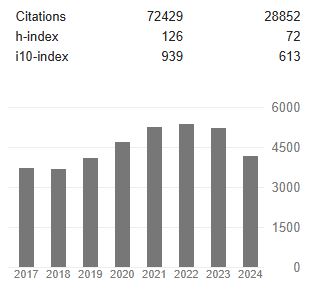The Ewald-Oseen Extinction Theorem in the Light of Huygens’ Principle
Abstract
Peter M. Enders, Oksana Telegina, Tatyana Radchenko and Vladimir Onoochin
The Ewald Oseen extinction theorem deals with the penetration of an electromagnetic wave from a vacuum into a polarizable and/ or magnetizable medium. It states that the incident electromagnetic wave penetrates into the medium without perturbation. Within the medium, there is a polarization and/or magnetization which create(s), (i), the reflected wave, (ii), a wave which extinguishes the incident wave in the medium, (iii), the observed wave(s) in the medium, and, (iv), the wave(s) leaving the medium. The question arises, what excites the medium? For the incident wave does it not because it does not interact with the medium. Thus, while being mathematically correct, that theorem is both physically and philosophically incorrect as the excitation used has no reason but is being imposed from nothing. Moreover, it contradicts Huygens’ principle according to which, (i), the incident wave is absent after having excited the sources of the secondary wavelets and, (ii), each secondary source re-irradiates only one secondary wavelet (in case of double refraction, two ones). This contradiction is examined in terms of, (i), propagators (following Feynman) and, (ii), the electric Hertz vector (following Zangwill, where his calculations are simplified). Being mathematically correct, it may be useful to treat the theorem “as if” (Vaihinger) it also were physically correct.




